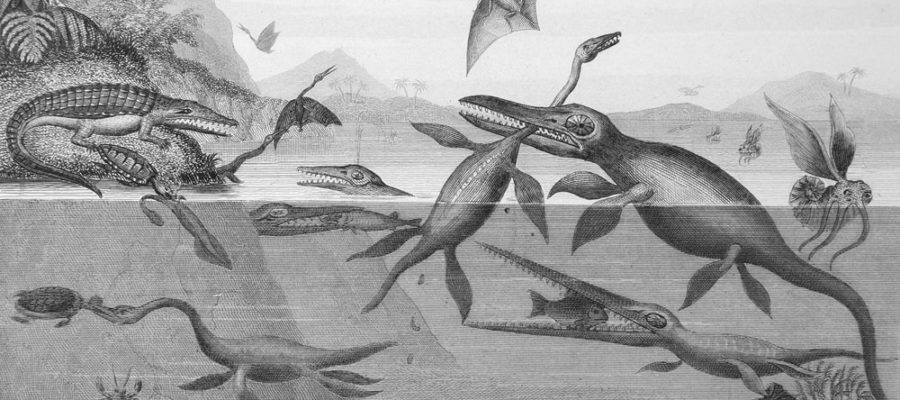
During the past nine years equity investors have become addicted to positive returns. The early days allowed for easy flirting with the habit. After all, corporate earnings were growing and central banks subsidised the fix. In 2015 the trend started to revert and ever since, in order to keep denying the addiction, investors have been hanging on a succession of narratives such as “rates lower for longer” and the Trump reflation trade. Just like a junkie the dose – the risk in this case – had to increase to get the same level of satisfaction and after feeling the pain of quitting cold turkey – be it China, Brexit, Trump or the Italian referendum – they returned to the habit with even more fruition.
There are good reasons for being bullish on equities over the long-term. After all, public companies are the finest artefacts humanity has discovered for creating economic value on a large scale; mostly because in sharp contrast with our quasi-medieval public institutions, corporations are subject to the brutal laws of natural evolution.
Just as living organisms need to capture enough energy to feed and reproduce themselves, corporations have to deliver a positive return on capital in order to survive under strong market competition. The constant evolutionary pressure ensures that only successful organisms and companies prevail – hence the importance of diversification.
Continuing with the analogy, being permanently bearish on equities – a species known as “permabear” – is like waiting for the complete extinction of life, a losing proposition in the long run as entrepreneurship, the same as life, always crawls back. However, being long natural evolution is not the same as being bullish on every evolutionary period. Evolution is a nonlinear process marked by mass extinction events caused by a shock to the ecosystem, like the impact of a meteorite or climate change.
The lower the degree of biodiversity (the biologic equivalent of investors’ complacency) at the time of the event, the longer it takes for life on Earth to flourish again. Likewise, markets may need many years to recover from a stock crash, something many investors have never experienced or seem to have forgotten. Those who invested in the S&P 500 in the year 2000 had to wait eight years to see the index recover its initial value, although just for a couple of months, as the financial crisis hit and another six years had to pass to break even again. When factoring in dividends, the comeback was somehow shortened, but still twelve years were needed to be on firm ground.
If (time scales aside) trying to time market crashes may prove as difficult as anticipating evolutionary turns, one can at least try to bet on those species and companies alike that are better equipped to survive a shock. To identify them, it helps to realise that there are limits to natural evolution as well as to corporate performance. As gravity forces animal size to follow the square-cub law, requiring bones and muscles to be proportionately much larger than those of smaller animals, interest rates and earnings weigh on stock prices. If animals, or stock prices, grow beyond their fundaments, sooner or later they crumble under their own weight. If you are amongst those who think that many stocks have overgrown like dinosaurs, start looking for humble, defensive companies that, like cockroaches or jellyfishes, can survive many different evolutionary periods.
Fernando de Frutos, MWM Chief Investment Officer
* This document is for information purposes only and does not constitute, and may not be construed as, a recommendation, offer or solicitation to buy or sell any securities and/or assets mentioned herein. Nor may the information contained herein be considered as definitive, because it is subject to unforeseeable changes and amendments.
Past performance does not guarantee future performance, and none of the information is intended to suggest that any of the returns set forth herein will be obtained in the future.
The fact that BCM can provide information regarding the status, development, evaluation, etc. in relation to markets or specific assets cannot be construed as a commitment or guarantee of performance; and BCM does not assume any liability for the performance of these assets or markets.
Data on investment stocks, their yields and other characteristics are based on or derived from information from reliable sources, which are generally available to the general public, and do not represent a commitment, warranty or liability of BCM.


